| Weight | 1 lbs |
|---|---|
| Dimensions | 9 × 5 × 2 in |
| host | rabbit |
| isotype | IgG |
| clonality | polyclonal |
| concentration | 1 mg/mL |
| applications | ICC/IF, WB |
| reactivity | ARTS |
| available sizes | 100 µg |
rabbit anti-ARTS polyclonal antibody 1245
$445.00
Antibody summary
- Rabbit polyclonal to ARTS
- Suitable for: ELISA,WB,IHC-P,IF
- Isotype: IgG
- 100 µg
rabbit anti-ARTS polyclonal antibody 1245
| antibody |
|---|
| Tested applications WB,IHC,IHC,ICC/IF,ELISA |
| Recommended dilutions Immunoblotting: use at 2ug/mL. A band of 32 kDa is detected. Immunohistochemistry: use at 2ug/mL. These are recommended concentrations. Enduser should determine optimal concentrations for their applications. Positive control: Human lung, kidney, or spleen lysates. |
| Immunogen Peptide corresponding to aa 3-14 of human ARTS. |
| Size and concentration 100µg and lot specific |
| Form liquid |
| Storage Instructions This antibody is stable for at least one (1) year at -20°C. Avoid multiple freeze-thaw cycles. |
| Storage buffer PBS, pH 7.4. |
| Purity peptide affinity purification |
| Clonality polyclonal |
| Isotype IgG |
| Compatible secondaries goat anti-rabbit IgG, H&L chain specific, peroxidase conjugated, conjugated polyclonal antibody 9512 goat anti-rabbit IgG, H&L chain specific, biotin conjugated polyclonal antibody 2079 goat anti-rabbit IgG, H&L chain specific, FITC conjugated polyclonal antibody 7863 goat anti-rabbit IgG, H&L chain specific, Cross Absorbed polyclonal antibody 2371 goat anti-rabbit IgG, H&L chain specific, biotin conjugated polyclonal antibody, crossabsorbed 1715 goat anti-rabbit IgG, H&L chain specific, FITC conjugated polyclonal antibody, crossabsorbed 1720 |
| Isotype control Rabbit polyclonal - Isotype Control |
| target relevance |
|---|
| Protein names Septin-4 (Bradeion beta) (Brain protein H5) (CE5B3 beta) (Cell division control-related protein 2) (hCDCREL-2) (Peanut-like protein 2) |
| Gene names SEPTIN4,SEPTIN4 C17orf47 PNUTL2 SEP4 SEPT4 hucep-7 |
| Protein family TRAFAC class TrmE-Era-EngA-EngB-Septin-like GTPase superfamily, Septin GTPase family |
| Mass 55098Da |
| Function FUNCTION: Filament-forming cytoskeletal GTPase (Probable). Pro-apoptotic protein involved in LGR5-positive intestinal stem cell and Paneth cell expansion in the intestines, via its interaction with XIAP (By similarity). May also play a role in the regulation of cell fate in the intestine (By similarity). Positive regulator of apoptosis involved in hematopoietic stem cell homeostasis; via its interaction with XIAP (By similarity). Negative regulator of repair and hair follicle regeneration in response to injury, due to inhibition of hair follicle stem cell proliferation, potentially via its interaction with XIAP (By similarity). Plays an important role in male fertility and sperm motility (By similarity). During spermiogenesis, essential for the establishment of the annulus (a fibrous ring structure connecting the midpiece and the principal piece of the sperm flagellum) which is a requisite for the structural and mechanical integrity of the sperm (By similarity). Involved in the migration of cortical neurons and the formation of neuron leading processes during embryonic development (By similarity). Required for dopaminergic metabolism in presynaptic autoreceptors; potentially via activity as a presynaptic scaffold protein (By similarity). {ECO:0000250|UniProtKB:P28661, ECO:0000305}.; FUNCTION: [Isoform ARTS]: Required for the induction of cell death mediated by TGF-beta and possibly by other apoptotic stimuli (PubMed:11146656, PubMed:15837787). Induces apoptosis through binding and inhibition of XIAP resulting in significant reduction in XIAP levels, leading to caspase activation and cell death (PubMed:15029247). Mediates the interaction between BCL2 and XIAP, thereby positively regulating the ubiquitination and degradation of BCL2 and promoting apoptosis (PubMed:29020630). {ECO:0000269|PubMed:11146656, ECO:0000269|PubMed:15029247, ECO:0000269|PubMed:15837787, ECO:0000269|PubMed:29020630}. |
| Subellular location SUBCELLULAR LOCATION: Cytoplasm {ECO:0000250|UniProtKB:P28661}. Cell projection, cilium, flagellum {ECO:0000269|PubMed:25588830}. Cytoplasmic vesicle, secretory vesicle {ECO:0000269|PubMed:15116257}. Cell projection, axon {ECO:0000250|UniProtKB:P28661}. Cell projection, dendrite {ECO:0000250|UniProtKB:P28661}. Perikaryon {ECO:0000250|UniProtKB:P28661}. Synapse {ECO:0000269|PubMed:17296554}. Note=In platelets, found in areas surrounding alpha-granules (PubMed:15116257). Found in the sperm annulus, a fibrous ring structure connecting the midpiece and the principal piece of the sperm flagellum (PubMed:25588830). Expressed and colocalized with SLC6A3 and SNCA in axon terminals, especially at the varicosities (By similarity). {ECO:0000250|UniProtKB:P28661, ECO:0000269|PubMed:15116257, ECO:0000269|PubMed:25588830}.; SUBCELLULAR LOCATION: [Isoform ARTS]: Mitochondrion {ECO:0000269|PubMed:11146656, ECO:0000269|PubMed:15029247, ECO:0000269|PubMed:21695558}. Nucleus {ECO:0000269|PubMed:11146656, ECO:0000269|PubMed:15029247}. Note=While predominantly localized in the mitochondria under resting conditions, translocates into the nucleus after TGF-beta treatment and apoptosis induction. {ECO:0000269|PubMed:11146656}. |
| Tissues TISSUE SPECIFICITY: Widely expressed in adult and fetal tissues with highest expression in adult brain (at protein level), heart, liver and adrenal gland and fetal heart, kidney, liver and lung. Expressed in presynaptic terminals of dopaminergic neurons projecting from the substantia nigra pars compacta to the striatum (at protein level) (PubMed:17296554). Expressed in axonal varicosities in dopaminergic nerve terminals (at protein level) (PubMed:17296554). Expressed in the putamen and in the adjacent cerebral cortex (at protein level) (PubMed:17296554). Expressed in colonic crypts (at protein level) (PubMed:30389919). Also expressed in colorectal cancers and malignant melanomas. Expressed in platelets. {ECO:0000269|PubMed:11146656, ECO:0000269|PubMed:11167005, ECO:0000269|PubMed:11511094, ECO:0000269|PubMed:15116257, ECO:0000269|PubMed:15915442, ECO:0000269|PubMed:17296554, ECO:0000269|PubMed:30389919, ECO:0000269|PubMed:9889007}.; TISSUE SPECIFICITY: [Isoform ARTS]: Highly expressed in the brain and heart. {ECO:0000269|PubMed:11146656}. |
| Structure SUBUNIT: Septins polymerize into heterooligomeric protein complexes that form filaments, and can associate with cellular membranes, actin filaments and microtubules. GTPase activity is required for filament formation. Interacts with SEPTIN8 (PubMed:15116257). In a mesenchymal cell line, interacts with SEPTIN9 isoform 2 variants HNA Trp-106 and Phe-111, but not the wild type SEPTIN9 (PubMed:17546647). Component of a septin core octameric complex consisting of SEPTIN12, SEPTIN7, SEPTIN6 and SEPTIN2 or SEPTIN4 in the order 12-7-6-2-2-6-7-12 or 12-7-6-4-4-6-7-12 (PubMed:25588830). Interacts with SEPTIN14 (via C-terminus) (By similarity). Interacts with DYRK1A (By similarity). Interacts with SLC6A3/DAT and SNCA/alpha-synuclein (By similarity). Interacts with STX1A; in the striatum (By similarity). Interacts with XIAP (via BIR3 domain) following the induction of apoptosis (By similarity). Interacts with AREL1 (via HECT domain); in the cytoplasm following induction of apoptosis (PubMed:23479728). {ECO:0000250|UniProtKB:P28661, ECO:0000269|PubMed:15116257, ECO:0000269|PubMed:17546647, ECO:0000269|PubMed:23479728, ECO:0000269|PubMed:25588830}.; SUBUNIT: [Isoform ARTS]: Part of a complex composed of SEPTIN4 isoform ARTS, XIAP and BCL2, within the complex interacts with both BCL2 (via BH3 domain) and XIAP, ARTS acts as a scaffold protein and stabilizes the complex (PubMed:29020630). Interacts with XIAP (via BIR3 domain) following the induction of apoptosis (PubMed:15029247, PubMed:21695558). {ECO:0000269|PubMed:15029247, ECO:0000269|PubMed:21695558, ECO:0000269|PubMed:29020630}. |
| Post-translational modification PTM: Phosphorylated by DYRK1A. {ECO:0000250|UniProtKB:P28661}.; PTM: Ubiquitinated by AREL1. {ECO:0000269|PubMed:23479728}. |
| Target Relevance information above includes information from UniProt accession: O43236 |
| The UniProt Consortium |
Data
Publications
| pmid | title | authors | citation |
|---|---|---|---|
| We haven't added any publications to our database yet. | |||
Protocols
| relevant to this product |
|---|
| Western blot IHC ICC |
Documents
| # | SDS | Certificate | |
|---|---|---|---|
| Please enter your product and batch number here to retrieve product datasheet, SDS, and QC information. | |||
Only logged in customers who have purchased this product may leave a review.
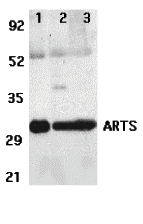

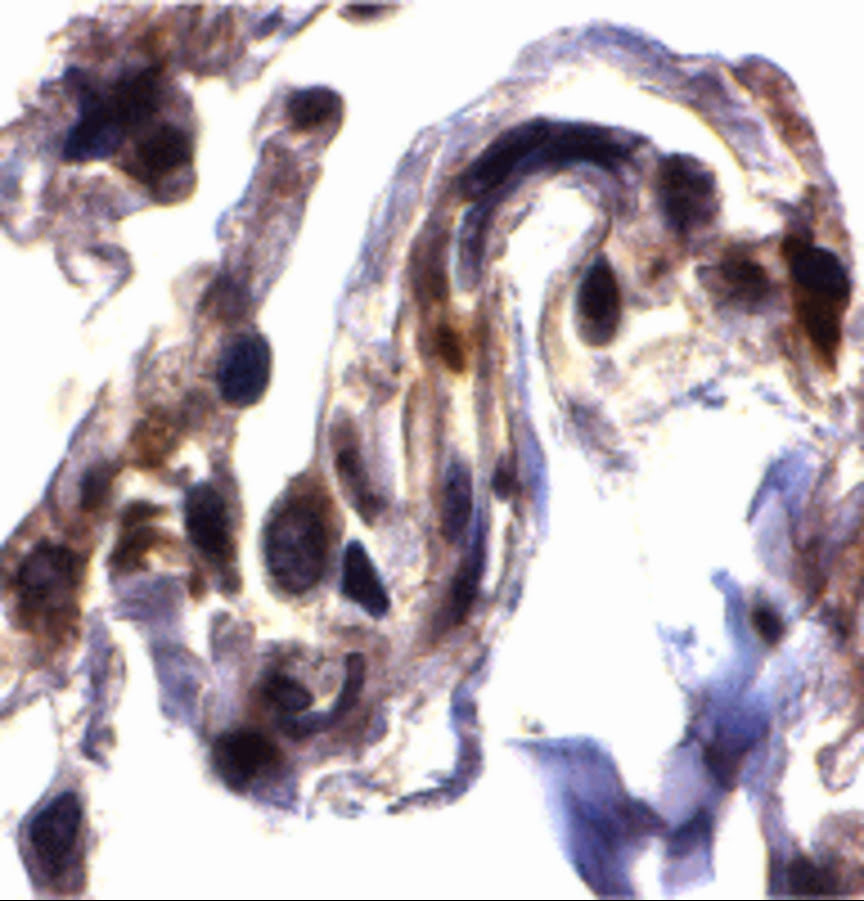



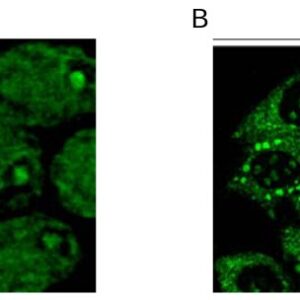
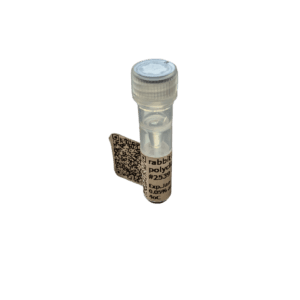
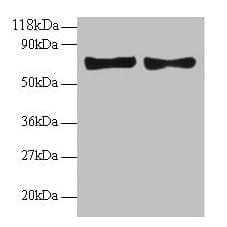
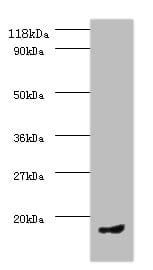

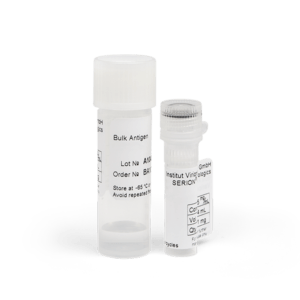
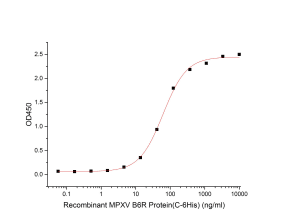
Reviews
There are no reviews yet.